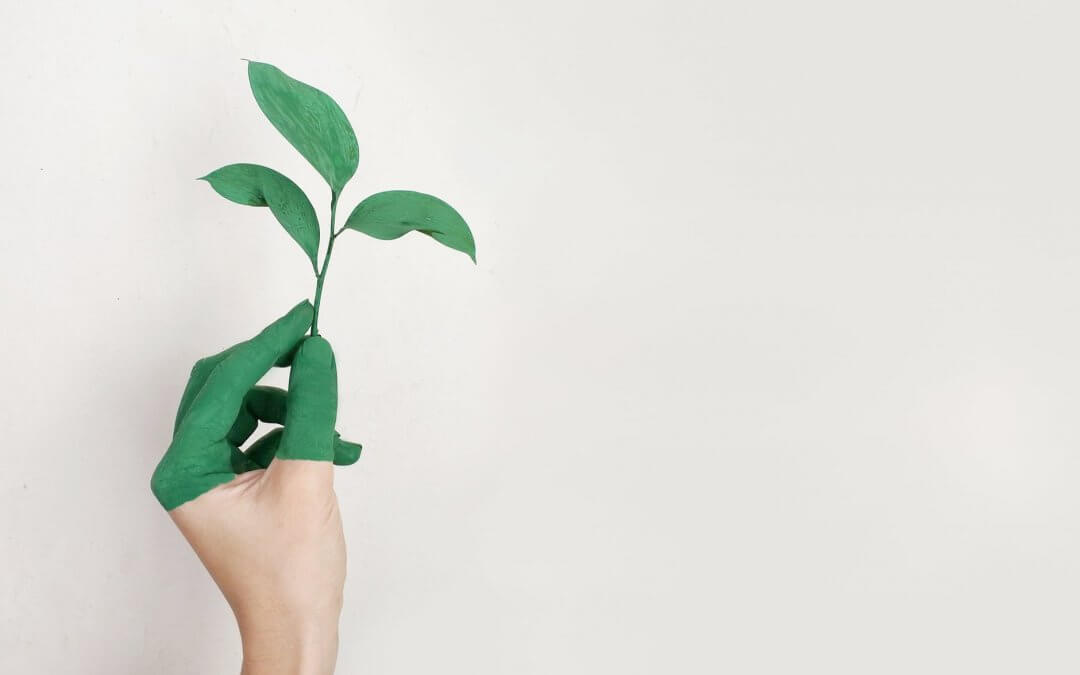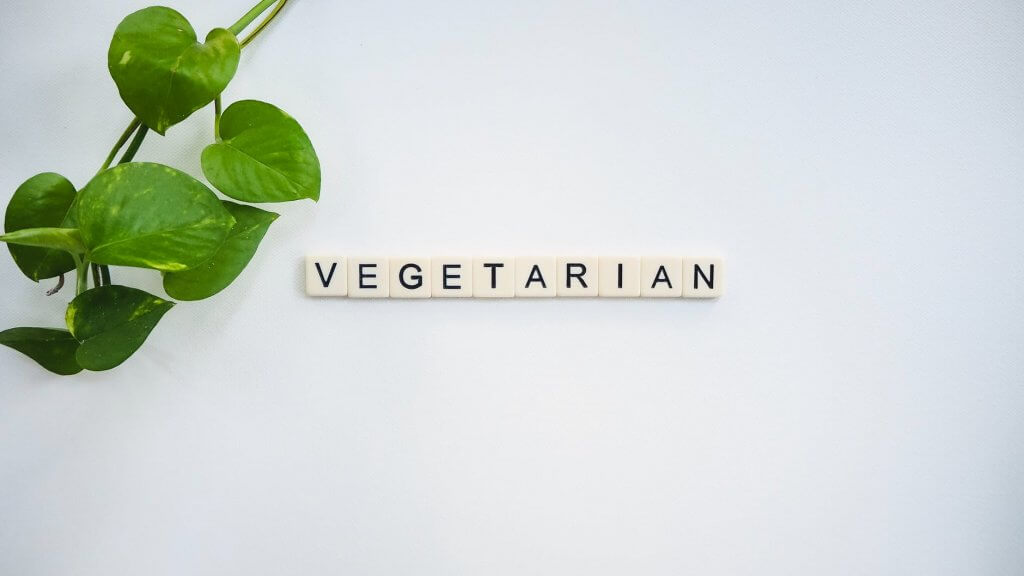Some years ago I had a client who shared that his son ate a vegan diet, avoiding even honey.
Dad said, “He’s been eating this way for four years. As far as I can tell he looks alright, like he’s getting enough protein. I think he has to combine, right?”
I wasn’t sure what dad expected to see as an indicator of “not getting enough protein”. Sunken cheeks? Pasty pallor? Visible muscle wasting?
I also understood his concern. How one could ever get enough protein without eating meat has forever been the subject of debate, the butt of jokes, and a myth that refuses to die.
Most of that erroneous thinking stems from a lack of understanding about how the body uses protein from plant-based sources (note dad’s comment about “combining”). It also stems from confusion over what foods are included in a vegan diet, and the difference between plant-based, vegan and vegetarian eating patterns.
And why would the average lay person understand? In our western culture and dietary practices, meat exerts a strong hold over consumers as the supreme protein option – notwithstanding the fact that plant-based eating continues to gain momentum. (1)
Given that plant-based diets are here to stay, and they’re health-supportive for breast cancer survivors and those living with METS (check out my post on the best diet for breast and heart health), I’m writing this to give you a better understanding of how the whole plant-based protein thing works.
Plant-Based Can Mean Vegan and Vegetarian
Vegan – Diet contains no animal products (dairy, meat, fish, pork, poultry, or eggs). Vegan diets require deliberate attention to balance, variety and portions to insure adequate protein, vitamin and mineral intake.
Vegetarian – Diet may include dairy and/or eggs. Vegetarian diets that include these animal-based choices provide adequate protein and ALL essential amino acids.
- Lacto-vegetarians exclude meat, fish, poultry, eggs, yet include dairy (milk, cheese, yogurt, butter, cream, cottage cheese, cream cheese, etc.).
- Ovo-vegetarians exclude meat, fish, poultry, dairy, yet include eggs.
- Lacto-ovo vegetarians exclude meat, fish, poultry, yet include dairy and eggs.
How To Get Enough Protein Eating Plant-Based
Proteins in food AND the human body are composed of 20 amino acids. Humans can “build” 11 of these amino acids (called “non-essential” amino acids) as long as sufficient nitrogen comes from the diet (nitrogen is a component of every amino acid).
The other nine amino acids (called “essential” amino acids) must come from food, because our bodies are unable to make them. Our need for protein is actually a need for these nine essential amino acids, PLUS enough nitrogen to build the other 11.
How this takes place in your body is beyond the scope of this blog post, but now is a good time to remind you of your body’s brilliance.
All plant proteins contain ALL NINE of the essential amino acids – they aren’t missing any – yet they’re always a little low in one or two. This results in a less precise match to human protein needs, which is how the practice of and thinking around “protein combining” or eating “complementary proteins” at the same meal came about.
The idea of combining proteins was popularized by sociologist Frances Moore Lappe, who in 1971 wrote Diet for a Small Planet. While that notion has been debunked by science, the myth lingers. (2, 3)
For example, grains and beans each have complementary strengths and weaknesses in their essential amino acid patterns, but eating them together produces a complete amino acid pattern that mimics patterns found in human body proteins. That said, it’s unnecessary to eat them AT THE SAME MEAL; eating a variety of plant-based foods throughout the day supports balanced protein nutrition (see below).
No doubt you’ve eaten beans and rice, hummus and pita, or bean soup and bread. These are common, delicious vegan dishes that also happen to be exceptional examples of effortless protein combining.
Take-Home Message
Even without eating these foods at the same meal, your body does its own “protein complementing”, thanks to the fact that it maintains a reserve pool of amino acids to draw from when necessary. It’s this ability to use proteins eaten at different meals and snacks throughout the day that makes the idea of protein combining unnecessary, and another example of your body’s brilliance.
You’re committed to doing all you can to potentially reduce your risk of recurrence, feel in charge of your health, and optimally nourish your body. Adding more plants to your plate (fill AT LEAST two-thirds of your plate with plant-based foods) at every meal is a terrific first step.
To wrap up, the best way to get ENOUGH plant-based protein? Eat a varied and balanced diet, adequate in volume for your specific needs, while going easy on the vegan/vegetarian “junk food diet” of frozen veggie pizza, vegan cookies, and French fries!
___________________________________________________________
Thanks for reading my blog post! Inspired and/or enlightened by what you read? Be sure to subscribe so you never miss a new post.
Subscribe by CLICKING HERE to get your FREE copy of The Five Foods Survivors Should Eat
CLICK THIS LINK and watch my 2-minute Peaceful Plate program video!
Follow me on Instagram @hormone.breastcancer.dietitian
This information is for educational purposes only and is not intended as medical advice. Please consult your dietitian or doctor for guidance specific to your needs.
___________________________________________________________
SOURCES



